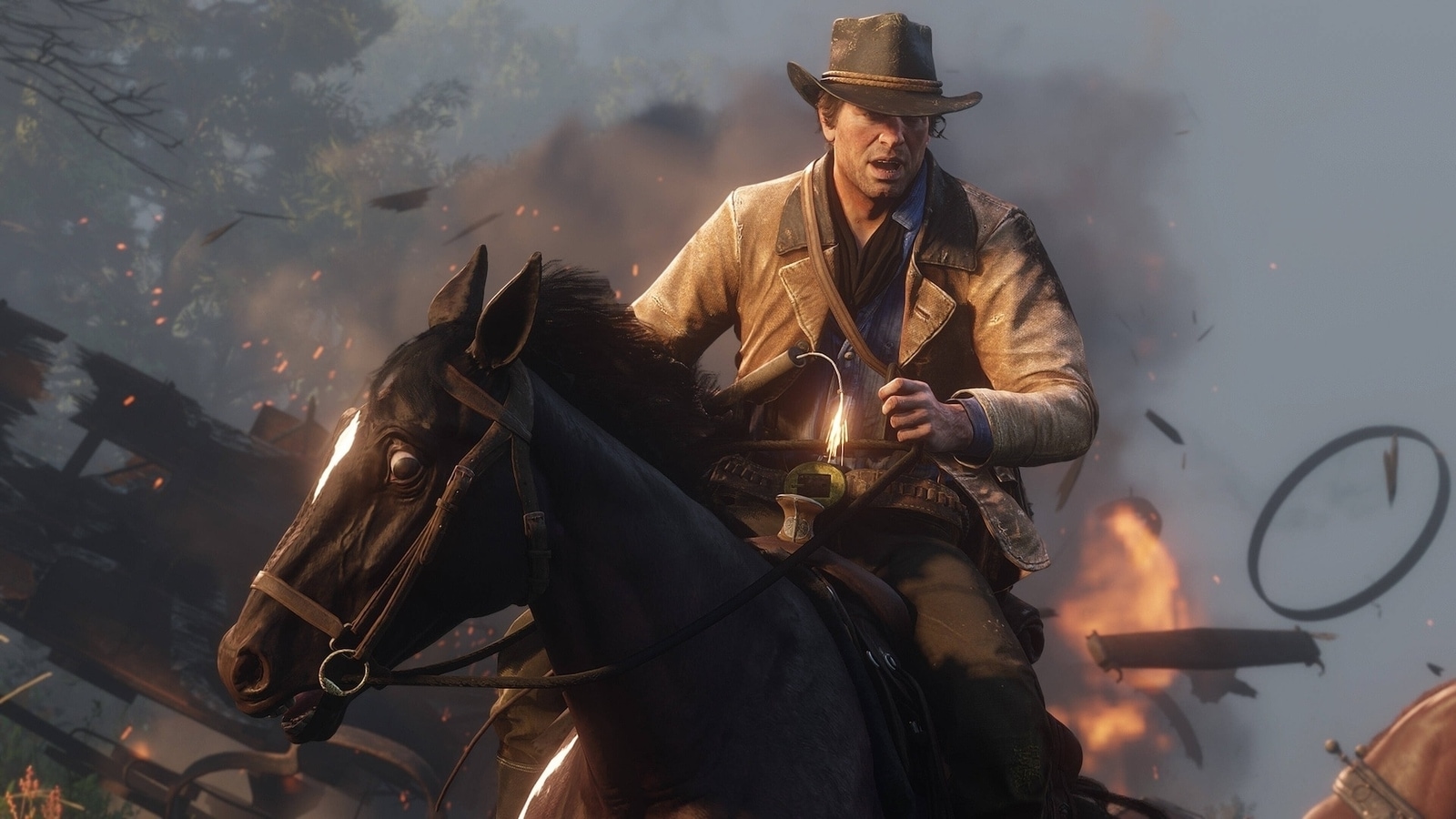“There are a number of folks who will say, ‘Oh, his work has a $15 million price tag on it,’” says Carter. “ ‘Let me pay attention to it.’ And I’m like, ‘Well, Black folks never needed no $15 million to own that work.’ It’s been in dens, college dorm rooms, on faded album covers, the whole nine. These [paintings] are like talismans, anchors of home.”
Home is where you’ll often find Barnes’s paintings. They’ve rarely appeared at auction before, in part because so few people have sold his work. Jeanie Buss, the controlling owner of the Los Angeles Lakers, displays “Fastbreak,” a painting of the 1980s Showtime-era Lakers of Magic Johnson and Abdul-Jabbar commissioned by her father, Jerry Buss, in her office, alongside a row of championship trophies. The singer Melissa Manchester, best known for 1978’s “Don’t Cry Out Loud,” has a Barnes in her home. Ray Parker Jr., who sang the theme to “Ghostbusters,” owns one called “Red Guitar,” which hangs in his home in Reno, Nev. “We feel like we’re the custodians of our culture,” says Elliot Perry, a retired N.B.A. player and art collector, voicing a sentiment shared by many who purchased their work directly from Barnes. After Perry bought his first Barnes painting — “Lone Basketball Player” (1973), which portrays a spidery Black figure against a pale blue sky, extending his arm above the makeshift rim to dunk — he met the artist during a road trip. “We forged our relationship right then,” Perry says. “Every time I went to L.A., my first stop was Ernie Barnes’s studio.” Perry, 54, describes how, after the sale of “The Sugar Shack,” he was “getting calls almost every day,” inquiring about the availability of his four Barnes originals. His answer was always the same: He has no plans to sell. “I got the chance to know him, to break bread with him, to laugh with him,” Perry says. “My relationship with Ernie Barnes is something that I’ll cherish for a lifetime.”
BARNES WAS CHOOSY when it came to the commissions he accepted. “If he didn’t like you, he wouldn’t do it,” says the documentary filmmaker Clarence Simmons, who goes by Coodie. “He only painted for you if he knew he could go to your house and see his paintings.” Now Coodie, 52, and his creative partner, the documentary filmmaker Chike Ozah, 45, who are known professionally as Coodie and Chike, are doing just that, visiting collectors and their paintings as part of a film about Barnes.

























